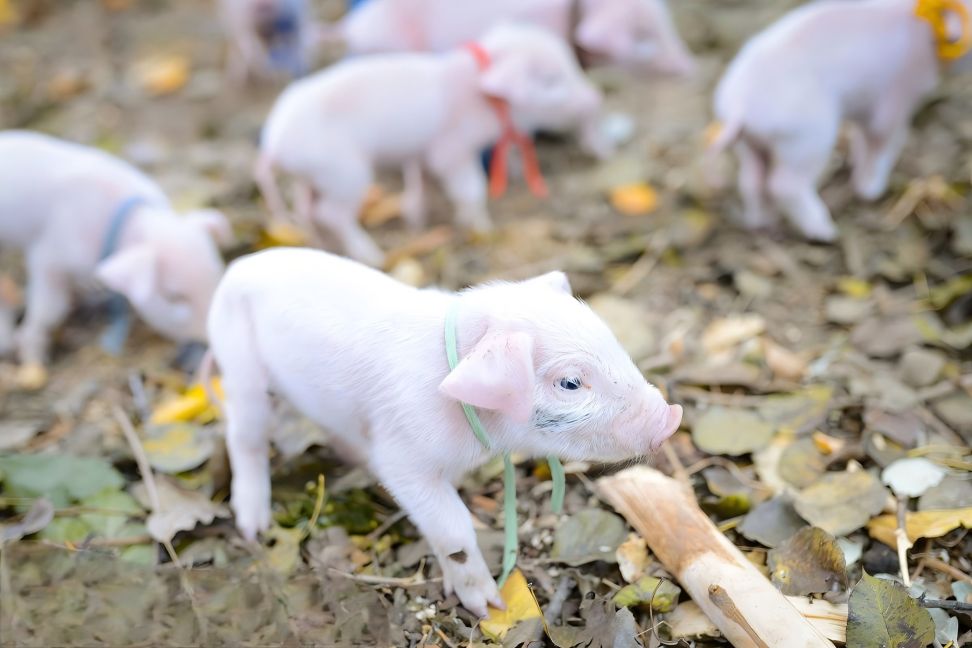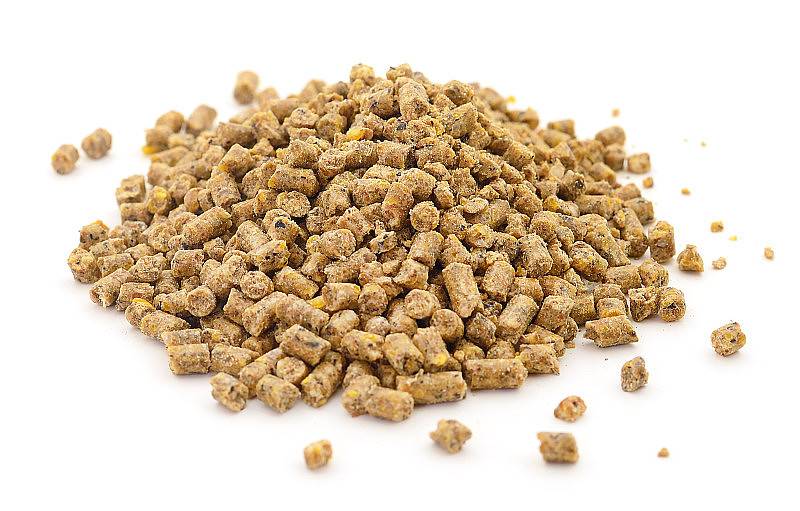What Are the Benefits of IMO Isomalto Oligosaccharides?
Isomaltooligosaccharides are also known as isomaltooligosaccharides or branched oligosaccharides. They are formed by the combination of two or more glucose molecules via an α-1,6 glycosidic bond. Their active ingredients are isomaltose, panose and isomaltotetraose. Isomaltulose oligosaccharides were first researched and discovered by Tomomitsu Mitsuoka of Japan. In 1982, the Hayashibara Research Institute of Biochemistry successfully developed them, and in 1985, Showa Sangyo Co. Ltd. was the first to introduce them to the market. Currently, some European countries and regions are vigorously researching and developing the application of isomaltulose oligosaccharides. Isomaltulose oligosaccharides are also produced domestically, but their application in the feed industry is still in the research stage.
Its molecular structure contains an α-1.6 glycosidic bond, which cannot be hydrolyzed by the animal's sugar-digesting enzymes, thus determining its digestive and functional properties. Its digestive properties are: it cannot be digested or absorbed by humans or animals, nor can it be utilized by most harmful bacteria in the intestines. It can only be fermented and utilized by beneficial intestinal bacteria to promote their growth and reproduction, especially the growth and reproduction of bifidobacteria. Therefore, it is also known as a bifidogenic factor.
Functional characteristics: ① Regulates the intestinal microflora and maintains the balance of the normal intestinal flora. ② Increases the concentration of antibodies in the body, increases the number of T and B lymphocytes, thereby enhancing the immune function of the animal and improving disease resistance. ③ Inhibits putrefactive bacteria and reduces the content of putrid substances such as ammonia, amines, hydrogen sulfide and indole in the feces. ④Promotes the absorption of Ca2+, Mg2+, Fe2+, etc. ⑤Promotes the synthesis of vitamins B1, B2, B6, vitamin K, niacin, folic acid and certain amino acids. ⑥Inhibits the growth of pathogenic bacteria and prevents diarrhea. ⑦Prevents the adverse side effects of antibiotics. ⑧Protects the liver and reduces serum cholesterol levels. ⑨Promotes the excretion of toxins from the intestines and has a certain cleansing effect. Improves feed utilization and promotes animal growth. Due to its superior functional properties, isomalto-oligosaccharides are increasingly attracting the attention of the animal nutrition industry. Research into their mechanism of action and applications has already achieved some results.
1 Mechanism of action of isomalto-oligosaccharides
With the progress of animal physiology and carbohydrate biochemistry research, the understanding of the physiological function of isomalto-oligosaccharides has become increasingly in-depth. Summarizing the relevant research results obtained so far, the mechanism of action of isomalto-oligosaccharides as a type of feed additive for regulating animal nutrition is mainly manifested in four aspects.
1.1 Regulating the digestive tract microflora and promoting the formation of a healthy flora
Because the i-i bonds between the isomaltulose monosaccharide molecules are bound by α-1,6 glycosidic bonds, and the glycoside hydrolases secreted by the animal digestive tract can only hydrolyze α-1,4 glycosidic bonds, isomaltulose enters the hindgut in an undegraded form and is utilized by the microorganisms in it. However, different bacteria species utilize isomalto-oligosaccharides differently. Beneficial bacteria, especially bifidobacteria, can proliferate using isomalto-oligosaccharides as a nutrient substrate, while harmful bacteria such as Escherichia coli and Salmonella cannot utilize it; in addition, bifidobacteria and other bacteria that utilize isomalto-oligosaccharides produce acidic substances such as lactic acid, which lowers the pH of the intestine and inhibits the growth and reproduction of harmful bacteria such as E. coli, thus allowing a healthy flora to form in the animal's intestine.
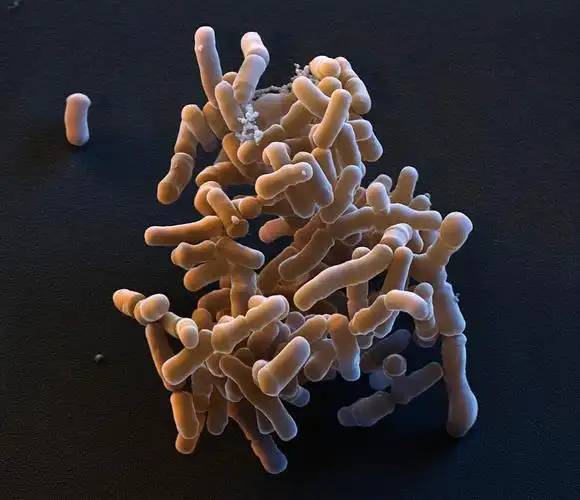
1.2 Binding and adsorption of intestinal pathogens
Research in recent decades has shown that the binding of the proteins on the surface of bacterial cell walls to the sugar residues on the surface of the glycolipids or glycoproteins of intestinal mucosal epithelial cells promotes the colonization and proliferation of bacteria on the intestinal wall, leading to the occurrence of diseases. When a certain amount of isomalto-oligosaccharides is present in the intestine, it binds to the bacteria, thereby reducing the chance of the bacteria binding to the intestinal mucosal epithelial cells and hindering the growth and reproduction of the bacteria on the intestinal wall. Sometimes isomalto-oligosaccharides can even replace the glycosylated part of the intestinal mucosal epithelial cells that have been combined with bacteria, thereby replacing the intestinal pathogenic bacteria.
1.3 Regulating the body's immune system
Isomalto-oligosaccharides regulate the animal's immune system mainly through three ways: ① Enhancing the body's immune function by promoting the proliferation of bifidobacteria. Isomalto-oligosaccharides can promote the proliferation of bifidobacteria, which can promote the mitotic growth of B lymphocytes and the production of antibodies, induce the expression of mRNA for a variety of substances with immunological activity such as interleukin and interferon, and enhance the phagocytic activity of macrophages. (2) As an immune adjuvant and antigen, it enhances the body's immune function. Isomaltooligosaccharides can bind to certain toxins and viruses.
After binding, they act as adjuvants for these antigens, slowing antigen absorption and increasing antigen potency. In addition, isomaltooligosaccharides also have an antigenic effect and can cause a direct antibody response. ③ Activates the body's humoral and cellular immune systems and enhances the body's immune function. Spring (1998) reported that isomalto-oligosaccharides can increase the concentration of immunoglobulins in the intestines and serum of animals, the number of B lymphocytes, the release of cytokines, the concentration of interleukins, and the activity of interferons, thereby enhancing the humoral and cellular immune functions of the animal body.
1.4 Promotes the synthesis and absorption of nutrients
Isomalto-oligosaccharides can promote the synthesis and absorption of nutrients. This function is mainly achieved by promoting the proliferation of bifidobacteria. Numerous experiments have shown that bifidobacteria can promote the synthesis of amino acids, vitamins B1, B2, B6, vitamin K, niacin, folic acid, etc., and can promote the absorption of nutrients such as amino acids, Ca2+, Mg2+, Fe2+, etc., so animals also have this effect after eating isomalto-oligosaccharides.
2 Application of isomalto-oligosaccharides
Isomalto-oligosaccharides were first widely used in the food industry as a healthy sugar substitute and food additive. In the mid to late 1980s, Japan was the first to develop them into a feed additive for use in the feed industry. In the mid-1990s, one-third of the product was used as a feed additive in Japan, and 40% of pig feed was added with this substance. Currently, isomalto-oligosaccharides are all the rage in some European countries and regions. The domestic application of this product started relatively late and is currently limited to the food industry. Its application in the feed industry is still in the exploration and research stage.
2.1 Advantages of isomalto-oligosaccharides as a feed additive
Antibiotics have made an indelible contribution to the development of the feed industry and animal husbandry as feed additives. However, with the deepening of scientific understanding, people have discovered that the use of antibiotics can cause endogenous infection or superinfection in animals, the production of drug-resistant strains, a decline in the cellular and humoral immune functions of livestock and poultry, and residues in livestock and poultry products.
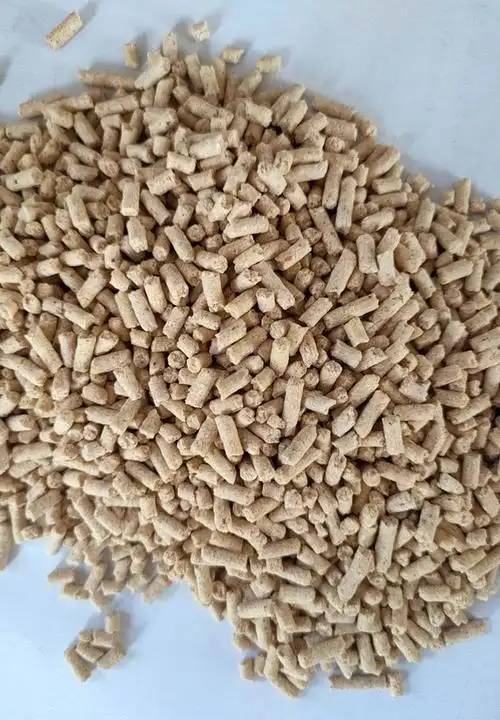
Although live bacterial preparations can overcome the above-mentioned shortcomings of antibiotics, after practical application, it has been found that they also have many extremely difficult shortcomings to overcome. For example, most live bacterial preparations are anaerobic bacteria, which are difficult to ferment and produce. It is difficult to unify product quality standards, and quality industry management is almost impossible; oxygen, high temperatures and other conditions during storage, transportation and processing all inactivate it in large quantities; there are incompatibilities with antibiotics when formulating; stomach acid inactivates it and it does not colonize the animal gut well.
On the other hand, isomalto-oligosaccharides can overcome the shortcomings of both. It can not only replace antibiotics and produce functional animal products without drug residues, but also reduce feed costs; there are no incompatibilities when formulating; it can withstand all extreme feed processing conditions such as oxygen and high temperatures, and can not only be used in powder production but also in the production of pellets and extruded feed; it can withstand the effects of gastric acid; and by promoting the growth and reproduction of beneficial bacteria in the intestine, it can overcome the poor intestinal colonization ability of exogenous live bacterial preparations. conditions, and can be used not only for powder production but also for pelleting and extrusion; it can withstand the effects of gastric acid; and it overcomes the shortcomings of exogenous live bacterial preparations in terms of their poor intestinal colonization ability by promoting the growth and reproduction of beneficial bacteria that are already present in the intestine. Isomalto-oligosaccharides are therefore a new type of green functional additive that is expected to replace antibiotics and live bacterial preparations.
2.2 The application effect of isomalto-oligosaccharides
Currently, isomalto-oligosaccharides are widely used in livestock and poultry and aquatic feeds. Experiments have shown that feeding animals with isomalto-oligosaccharide-added feed can improve the growth rate of animals, reduce the feed-to-meat ratio, prevent diarrhea, reduce mortality, shorten the estrus cycle of female livestock, improve fetal survival rate, and also improve the quality of livestock and poultry products and increase food safety.
Adding 0.1% to 0.2% isomalto-oligosaccharides to the feed of 35-day-old piglets resulted in a 3% to 4% increase in daily weight gain and a 3% to 4% decrease in feed conversion rate (Bolden, 1993). ). T omeokamo (1990) conducted an experiment with 21-day-old piglets fed a diet containing 0.25% isomalto-oligosaccharides, which resulted in a 7% increase in daily weight gain and a decrease in the ammonia content of the feces. In 2000, the author conducted an experiment using isomalto-oligosaccharides on suckling and weaned piglets. The results showed that the growth rate, feed conversion ratio, diarrhea rate, protease activity, blood indicators, intestinal bacterial flora, and immune organ index of the experimental groups were all better than those of the control group.
Japanese scholars such as Takato Munenori (1991) added 0.2% isomalto-oligosaccharides to the broiler feed and tested it on 90,000 broilers. The results showed that the growth rate, average weight and feed improved, and the average leg, breast, breast tender and edible parts of the carcass after cutting increased. The bacterial flora in the intestines improved, the safety of the chicken meat improved, and in terms of benefits, income could be increased and expenditure reduced.
According to I.N.R.A. (1992), adding 0.15% isomalto-oligosaccharides to calf feed can increase daily weight gain by 20g, reduce feed consumption by 2%, and reduce medicine costs by 15 francs per head.
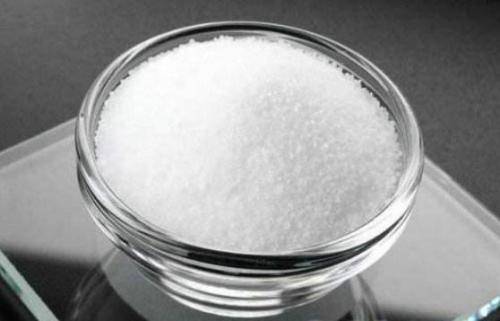
2.3 Precautions for using isomalto-oligosaccharides
Isomalto-oligosaccharides are hygroscopic and should not be added directly to the feed. Otherwise, they will absorb moisture instantly and form lumps, making it difficult to mix them evenly. They should be premixed with a carrier (such as stone flour) with 5 to 8 times less water content, and then added to the bulk feed and stirred until evenly mixed.
If isomalto-oligosaccharide syrup is used, it needs to be diluted with a carrier such as bran when manually mixing the ingredients. After dilution, it needs to be dried or air-dried before mixing it into the bulk feed. If you use the method of drying in the sun, you need to avoid flies eating it, because isomalto-oligosaccharides are sweet and attract flies, which are carriers of many pathogenic bacteria. The bacteria content of feed that has been licked by flies will increase greatly, reducing the safety of the feed and increasing the incidence of disease in livestock after feeding.
The amount of isomalto-oligosaccharide added should be appropriate. Too much will cause diarrhea in animals, while too little will have no significant effect. Foreign sources report that the appropriate amount to add is 0.15% to 0.25%.
3 Prospects for the development and application of isomalto-oligosaccharides
Currently, the isomalto-oligosaccharide products on the domestic market are food grade, while the production of feed grade isomalto-oligosaccharides is still blank. From the perspective of production costs, the production of isomalto-oligosaccharides uses starch or starch-rich grains as the main raw material, which are abundant and inexpensive. In addition, the development and application of functional feeds is the development trend of the feed and aquaculture industries in this century. As scientific research deepens and research results are continuously introduced, people's understanding of it gradually deepens. Therefore, isomalto-oligosaccharides, as a leader among functional feed additives, have broad prospects for development and application.


 English
English French
French Spanish
Spanish Russian
Russian Korean
Korean Japanese
Japanese